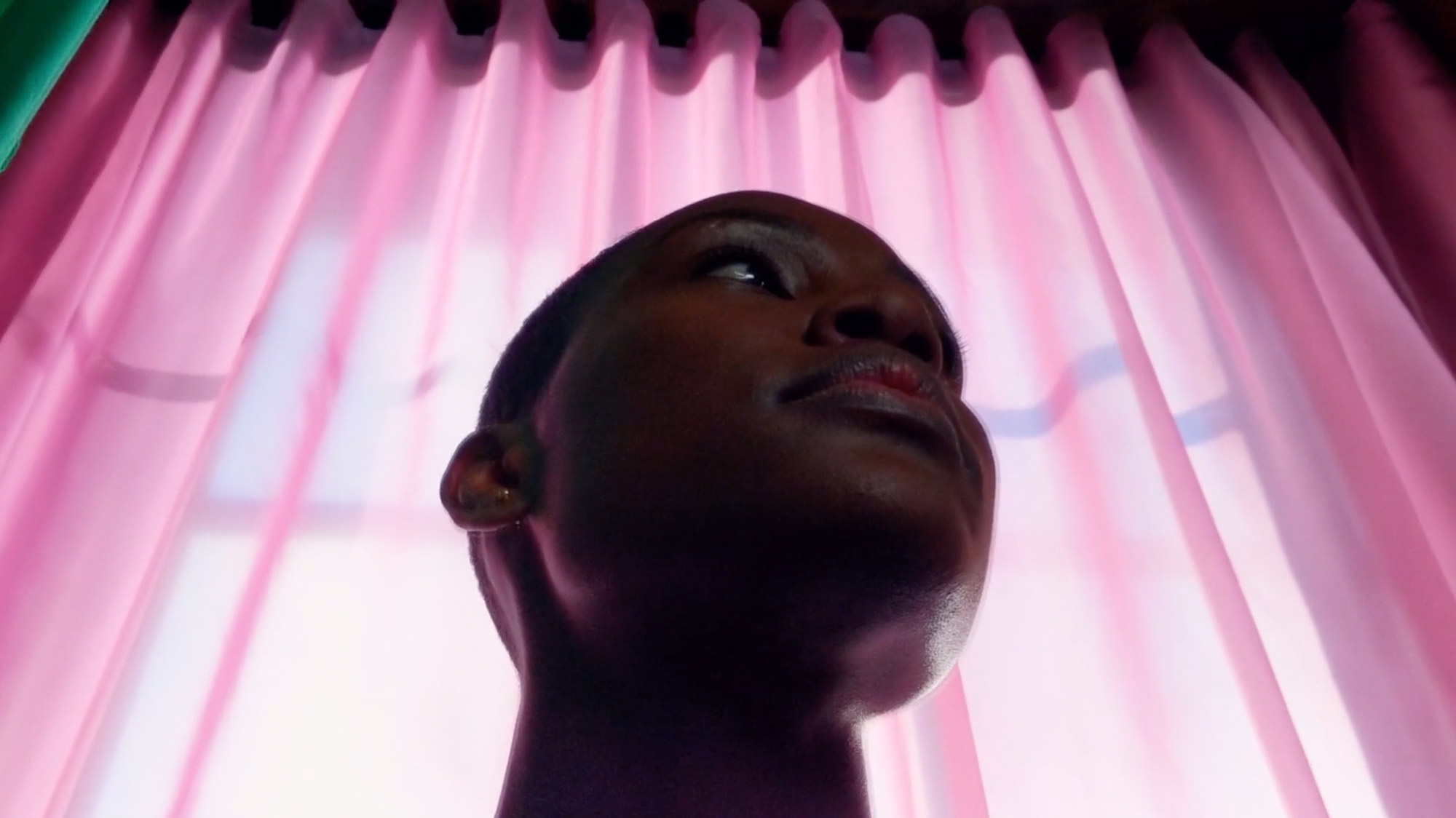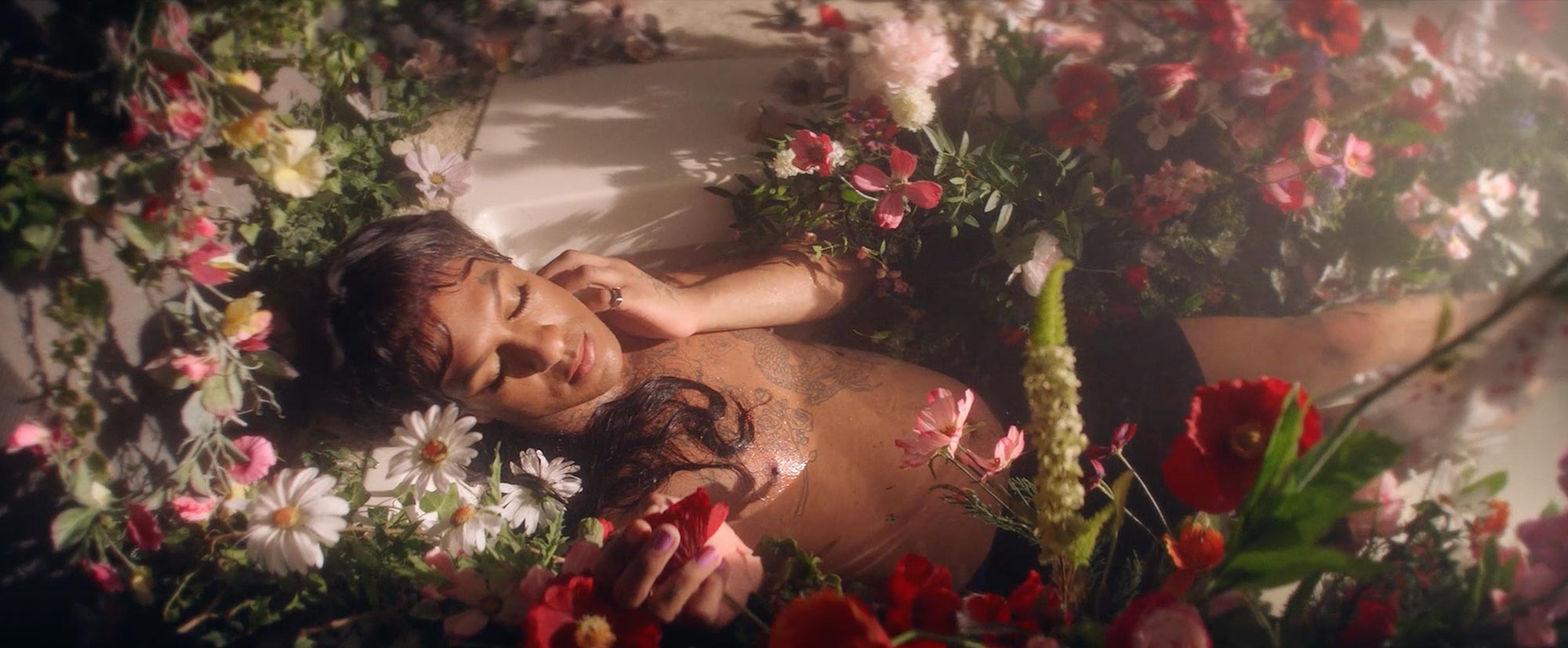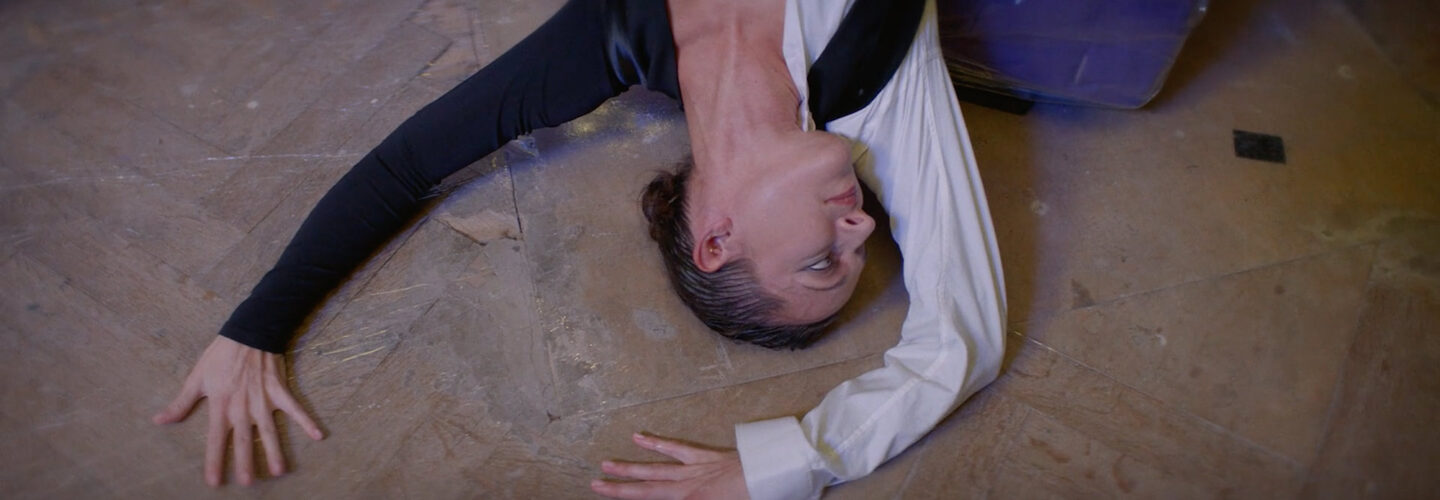
Kathryn Ferguson’s visual hybrid documentary The Greatest Luxury is an exploration of what luxury means to society and how the concept of the word has changed over time. Commissioned as part of the Radical Luxury Campaign at Selfridges, Kathryn’s film features interviews with three radical creatives Mykki Blanco (Rapper, Performance Artist and Activist), Holly Blakey (Choreographer and filmmaker) and Gareth Pugh (fashion designer), a poem written and performed by Lily Ashley and a performance by dancer Sophie Apollonia. I picked Kathryn’s brains to discover how she created a style piece which reflects each of the artists’ personas.
You have created a style and concept for the piece which benefits each of the artists. Can you explain your approach to developing this form and tone?
When I’m working on this type of documentary I’m always keen to create a personalized world that reflects very closely the person I’m interviewing. I do this by asking as many questions as possible before I dive into the art direction process. I like to give each of my films a specific look but then personalize the worlds I create.
What does the word luxury mean to you and how did this influence the film?
For me, the notion of luxury is complex. It can symbolize something that’s out of date, particularly in an era of Trump with his gold monoliths, while currently relentless social media feeds from celebrities highlight their seemingly unattainable lives. However, when millennials are now set to be poorer than their parents at all stages of life, these generally accepted concepts of luxury appear old-fashioned and even vulgar. With this in mind, I was interested in how the word could be redefined for the next generation.


Much of your work is focused around creating more positive representations of women and identity in society. How far do you feel we have come in levelling the playing field?
I feel that over the past four years things have slowly been changing and casting across TVC’s and short form contact has become a lot more inclusive and considered at last. While this is a start, we’ve still got a very long way to go with it. As well as representing people on the screen, we also need to do extra hard work on the teams behind the camera, making sure they are as diverse and inclusive as the casting. Again this is slowly starting to change. The creation of more ample opportunities for POC and women is critical going forward. The playing field is changing dramatically, I’m excited about what’s coming.
For me, the notion of luxury is complex. It can symbolize something that’s out of date.




You are said to “creatively re-imagine storytelling by stretching the conventions of cinéma vérité.” Can you tell us a bit more about this?
I suppose what I mean by this is that I always try to get the truth from people and show their personalities as naturally as possible. To do this, I create constructed worlds for each personality. My films are quite designed and constructed but the performances are real and the cast is allowed to appear as they are. I also do a lot of my interviewing off camera and then stitch everything back together in the edit.
What’s next?
I have a short film launching at festivals from June this summer and two longer-form documentaries in the pipeline.


